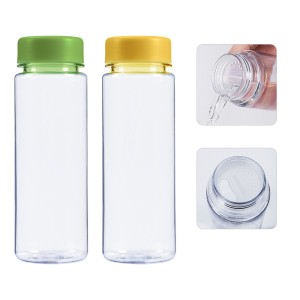The transaxle transmission is a critical component of many vehicles, responsible for transferring power from the engine to the wheels. As with any automotive system, there are many debates about maintenance practices. One of the topics is whether flushing the transaxle transmission actually has any tangible benefits. In this blog, we’ll delve into the world of transaxle gearboxes and uncover the truth behind flushing practices. In the end, you’ll have a clear idea of whether flushing will help improve the performance and longevity of your vehicle’s transaxle transmission.
Explore Transaxle Gearbox
Before examining the effectiveness of a flush, it is critical to understand the intricacies of a transaxle gearbox. Unlike conventional transmissions where the differential and transmission are separate, a transaxle transmission combines these two elements into a single assembly. By doing so, they provide enhanced control, improved balance, and more efficient power transfer. This compact design is typically found in front-wheel or all-wheel drive vehicles. However, despite their many advantages, transaxle transmissions can accumulate wear and debris over time, leading to potential problems if not properly maintained.
What is a transaxle flush?
Flushing the transaxle transmission involves completely replacing the old transmission fluid with new transmission fluid. This procedure is designed to remove contaminants, sludge, and other impurities that can reduce transmission performance. Proponents of flushing believe that flushing helps extend the life of the transaxle gearbox by providing a clean environment for smooth operation of components. However, like any maintenance practice, this claim is not without controversy, as some skeptics believe flushing may do more harm than good.
The pros and cons of Flushing
Proponents of transaxle flushing claim that replacing old fluid with fresh fluid improves transmission cooling, prevents overheating, and promotes smoother shifts. Regular flushing can also extend the life of the transmission itself, potentially saving owners from costly repairs. Skeptics, on the other hand, believe that flushing may remove built-up debris that could lead to previously harmless transmission blockages. Additionally, improper flushing techniques or the use of inferior fluids can result in transmission system damage or inefficiency.
Conclusion: Does douching really work?
While flushing a transaxle transmission has its benefits, it ultimately depends on a variety of factors, including the vehicle’s age, maintenance history, and driving conditions. Consult your vehicle manufacturer’s recommendations and follow the guidance provided by a certified mechanic. In some cases, a simple drain and fill procedure may be sufficient, while for others a complete flush may be required. Regular maintenance practices, such as fluid level checks and periodic changes, may be more important in promoting the overall health of the transaxle transmission than flushing alone.
The effectiveness of flushing remains a controversial topic in the world of transaxle transmissions. As a vehicle owner, it’s important to prioritize regular maintenance and consult a professional to determine the best course of action for your specific vehicle. By doing this, you ensure the longevity and optimal performance of your transaxle gearbox in the long run.
Post time: Oct-30-2023
